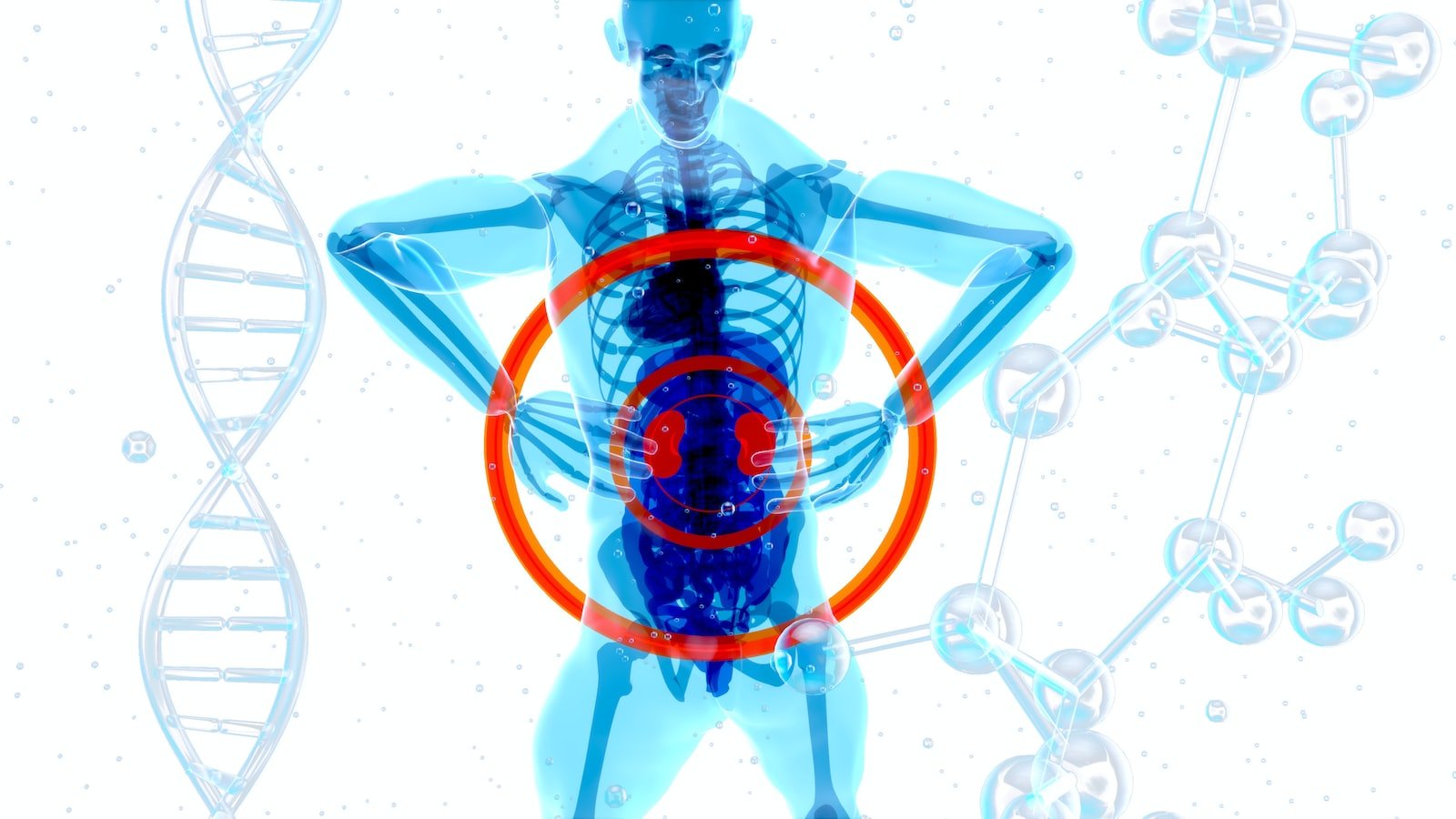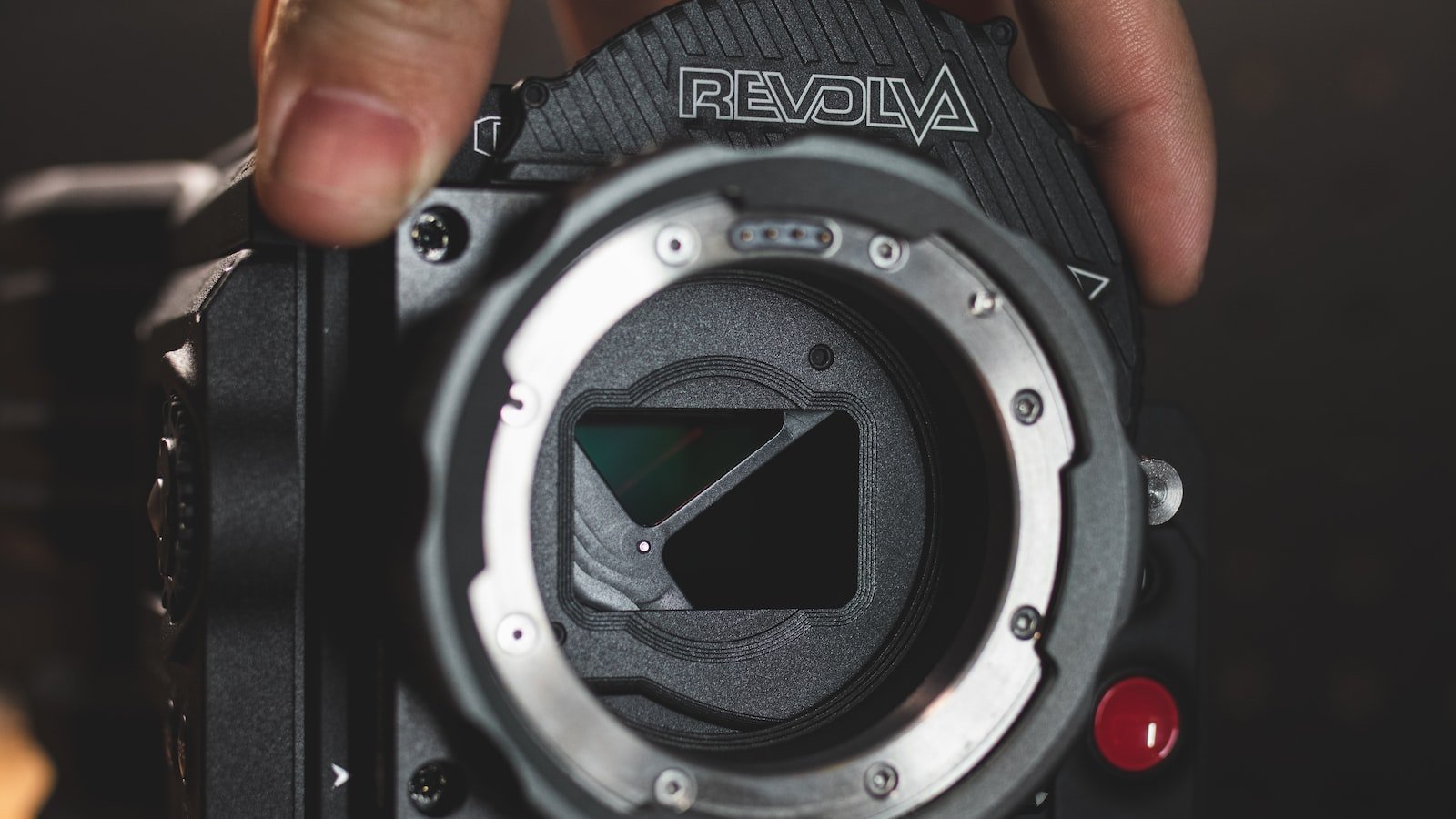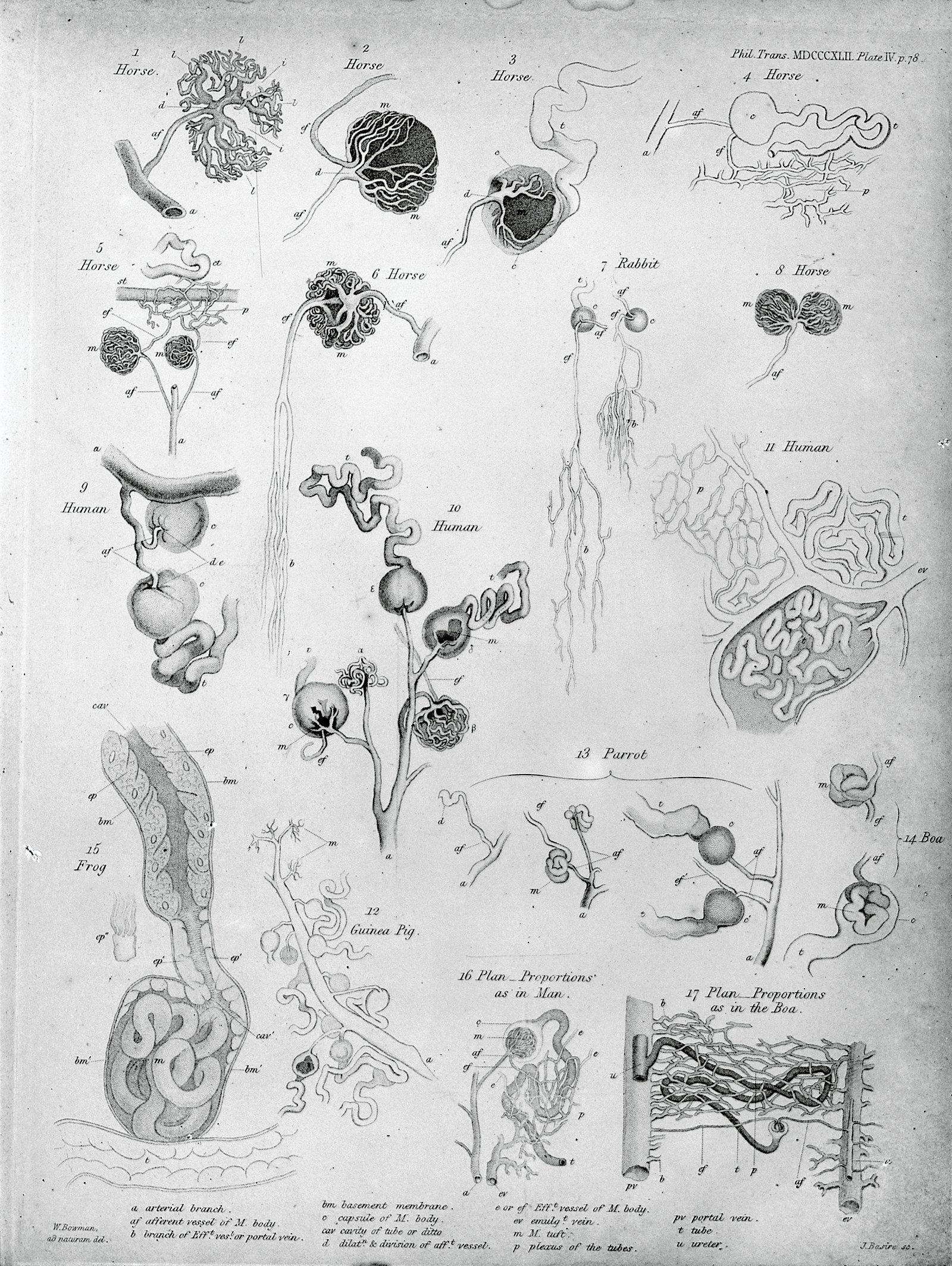Welcome to our blog post, where we delve into the fascinating realm of fluid dynamics and the mesmerizing journey of urine formation! In this YouTube video entitled “Fluid Dynamics Unveiled: Journey to Urine Formation!”, we explore the intricate processes that occur within our kidneys to filter blood, remove waste substances, and maintain proper water and electrolyte levels in our body fluids. The ultimate result of this intricate dance is the production of urine, which is then excreted from the body through the urethra, carrying with it excess water and electrolytes, as well as other waste materials.
Urine formation involves several key processes, including glomerular filtration, tubular reabsorption, and tubular secretion. At the core of these processes lies the nephron, the functional unit of the kidneys. The journey begins with the glomerulus, a network of tufted capillaries that acts as the initial filter for blood. It is here that the first step of filtration takes place. This marvelous structure is encapsulated by thin, double-walled capsules known as Bowman’s capsules, creating a space called Bowman’s space that surrounds the glomerulus.
As blood flows through the capillaries of the glomerulus, the process of filtration causes plasma contents to spill into Bowman’s space through the glomerular filtration membrane. This membrane consists of three layers: the valve endothelium, the basement membrane, and the epithelial podocytes. Together, these layers selectively allow certain particles of the blood to pass through, while retaining others. The fluid that is filtered from the capillary blood into Bowman’s space is known as filtrate and forms the primary urine.
Join us as we embark on this eye-opening journey into the intricate world of urine formation, where we unravel the secrets of fluid dynamics within the kidneys. Let’s dive deep into the mechanisms and marvel at the wonders of how our body maintains a delicate balance through this remarkable process. Stay tuned for more intriguing insights into the intricate workings of our miraculous human body!
Understanding the Kidney’s Filtration Process: From Blood to Urine
Understanding the kidney’s filtration process is essential in comprehending how this vital organ performs its crucial roles. The kidneys act as a filtration system, eliminating waste substances from the blood while also maintaining the appropriate balance of water and electrolytes within the body fluids. The end result of this intricate process is urine, which is eventually excreted through the urethra, carrying with it excessive water, electrolytes, and waste.
To understand how urine is formed, we need to delve into the processes of glomerular filtration, tubular reabsorption, and tubular secretion. At the core of the kidney’s functionality lies the nephron, its fundamental unit. Starting with the glomerulus, a network of capillaries, which acts as the initial filter for blood. Surrounding the glomerulus is a delicate, double-walled structure known as Bowman’s capsule, and the space inside it, Bowman’s space. As blood traverses the capillaries of the glomerulus, the filtration process causes a substantial amount of plasma components to spill into Bowman’s space through the glomerular filtration membrane.
- The glomerular filtration membrane consists of three layers:
- Valve endothelium
- Basement membrane
- Epithelial podocytes
This unique membrane allows certain particles from the blood to pass through while retaining others. The fluid that filtrates from the capillary blood to Bowman’s space is called the filtrate, which constitutes the primary urine.

Exploring the Glomerular Filtration: Filtering Blood and Eliminating Waste
The glomerular filtration process in the kidneys plays a vital role in filtering blood and eliminating waste from the body. It is responsible for regulating water and electrolyte concentrations in the body fluids, ultimately leading to the production of urine.
Urine formation involves several steps, including glomerular filtration, tubular reabsorption, and tubular secretion. The glomerulus, a network tuft of capillaries, acts as the filter for the blood in the first step. Surrounding the glomerulus is Bowman’s capsule, which consists of thin double-walled capsules. The space inside the capsule, known as Bowman’s space, is where the filtration takes place.
During glomerular filtration, plasma contents from the blood spill out into Bowman’s space through the glomerular filtration membrane. This membrane is comprised of three layers: the valve endothelium, basement membrane, and epithelial podocytes. It allows certain particles to pass through but retains others. The fluid that is filtrated from the capillary blood, known as filtrate, becomes the primary urine.
In summary, the glomerular filtration process in the kidneys helps in filtering blood and eliminating waste from the body. This process involves the glomerulus, Bowman’s capsule, and the glomerular filtration membrane. Understanding how this filtration occurs is crucial in comprehending the formation of urine and the regulation of water and electrolyte concentrations in the body fluids.
Unraveling the Secrets of Bowman’s Capsule: A Gateway to Urine Formation
Glomerular filtration in the kidneys is a crucial process that involves the filtering of blood to remove waste substances and maintain the proper balance of water and electrolytes in the body fluids. This filtration ultimately leads to the formation of urine, which is excreted from the body through the urethra.
Urine formation consists of three main processes: glomerular filtration, tubular reabsorption, and tubular secretion. At the beginning of the nephron, the functional unit of the kidneys, the blood travels through the glomerulus, which is a network of capillaries. This is where the first step of filtering the blood occurs. Surrounding the glomerulus is a thin double-walled capsule called Bowman’s capsule, and the space inside the capsule, known as Bowman’s space.
- The glomerular filtration membrane, consisting of three layers of capillary, plays a crucial role in the filtration process. It allows certain particles of blood to pass through, but not all.
- The fluid that is filtered from the capillary blood into Bowman’s space is called filtrate, and it constitutes the primary urine.
Unraveling the secrets of Bowman’s capsule provides valuable insights into the intricate process of urine formation. Studying the glomerular filtration membrane and understanding its selective permeability can shed light on how the kidneys maintain electrolyte balance and regulate water levels in the body. The interplay between the intricate structures of the glomerulus, Bowman’s capsule, and Bowman’s space demonstrates the remarkable efficiency of the kidneys in filtering the blood and producing urine.

Decoding the Glomerular Filtration Membrane: Allowing Selective Passage for Optimal Urine Formation
The glomerular filtration membrane plays a crucial role in allowing the selective passage of substances for optimal urine formation. This membrane consists of three layers: the valve endothelium, basement membrane, and epithelial podocytes. Each layer contributes to the filtration process, ensuring that only certain particles are allowed to pass through.
Inside the kidneys, the glomerulus acts as a network tuft of capillaries responsible for the initial filtration of blood. Surrounding the glomerulus is Bowman’s capsule, a thin double-walled capsule. The space within the capsule, known as Bowman’s space, is where the filtration process takes place.
As blood travels through the capillaries of the glomerulus, filtration occurs, causing plasma contents to spill out into Bowman’s space through the glomerular filtration membrane. This membrane selectively allows some particles to pass through while preventing others from doing so. It acts as a barrier, ensuring that only specific substances are filtered out.
The fluid that is filtrated from the capillary blood into Bowman’s space is called filtrate, which eventually forms the primary urine. This filtrate contains waste substances, excess water, and excess electrolytes that need to be eliminated from the body. Through the selective passage facilitated by the glomerular filtration membrane, the kidneys play a vital role in maintaining the balance of water and electrolyte concentrations within the body fluids.
In Conclusion
In conclusion, the journey to urine formation is truly fascinating, as we explore the intricate process of fluid dynamics within the kidneys. Through glomerular filtration, the blood is filtered, removing waste substances and regulating water and electrolyte concentrations. This filtration occurs in the glomerulus, a network of capillaries within Bowman’s capsule.
As the blood passes through the glomerulus, the filtration membrane, composed of valve endothelium, basement membrane, and epithelial podocytes, allows certain particles to pass through while retaining others. This leads to the formation of filtrate, which becomes the primary urine.
But urine formation doesn’t end there. The filtrate then undergoes tubular reabsorption and tubular secretion within the nephron. These processes further refine the composition of urine, reclaiming useful substances and eliminating excess water and electrolytes.
Ultimately, the urine that is formed is excreted outside the body through the urethra, carrying with it the waste substances, excess water, and electrolytes that were filtered out by the kidneys.
This exploration of fluid dynamics in urine formation has shed light on the incredible complexity and efficiency of our bodies. It serves as a reminder of the intricate processes that keep us healthy and functioning. So next time you empty your bladder, take a moment to appreciate the remarkable journey that your urine has undertaken in its formation.